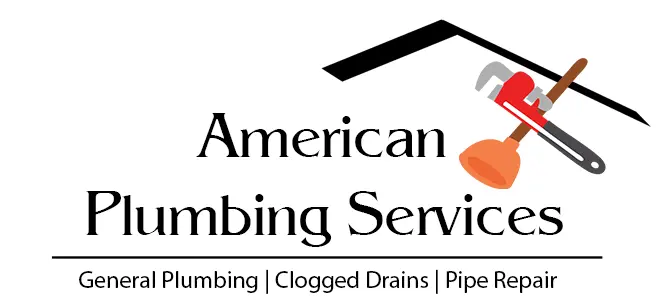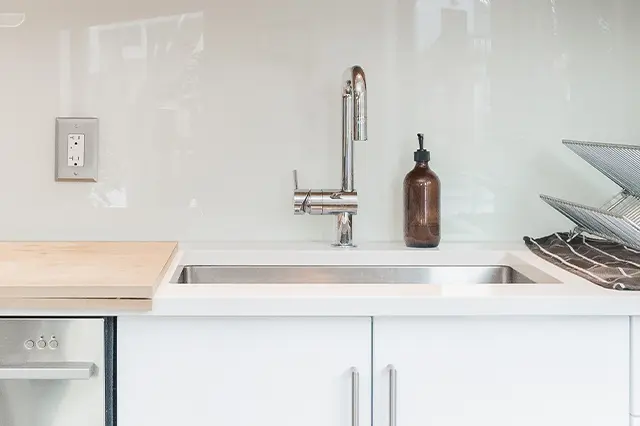
How To Fix A Leaking Kitchen Sink From Underneath – Step-By-Step Guide
A kitchen sink is an often-used, yet often underestimated, part of your home. In most cases, it’s simply taken for granted until something goes wrong – like a leaking sink. Fortunately, fixing a leaking sink from underneath is relatively straightforward if you’ve got the right tools and knowledge to hand. In this guide, we’ll take you through the process step-by-step so that you can quickly and easily repair your leaky kitchen sink. So read on to get started with fixing your kitchen sink today!
Step One: Determine the source of the leak
If your kitchen sink is leaking from underneath, the first step is to determine the source of the leak. There are two main types of leaks: those that occur at the base of the faucet and those that occur at the drain. If your sink is leaking at the base of the faucet, it is likely that a rubber washer is worn out or damaged. If your sink is leaking at the drain, it is likely that a sealant has come loose or an O-ring needs to be replaced. In either case, you will need to shut off the water supply to your sink before proceeding with repairs.
Step Two: Turn off the water to your sink
If your kitchen sink is leaking from underneath, the first step is to turn off the water to your sink. This can be done by turning off the main water valve to your home or by shutting off the water supply lines to your kitchen sink. Once the water is shut off, you can then remove the access panel to your sink and take a look at the plumbing beneath.
Step Three: Remove the sink stopper and clean out any debris
The first step to fixing a leaking kitchen sink from underneath is to remove the sink stopper and clean out any debris that may be blocking the drain. Use a plunger to help remove the debris, and then flush the drain with hot water to clear any remaining clogs.
Step Four: Tighten or replace the P-trap
If your P-trap is leaking, you may be able to simply tighten it to stop the leak. However, if the P-trap is old or damaged, you will need to replace it.
To replace the P-trap, turn off the water supply and remove the old P-trap. Then, install the new P-trap and turn on the water supply.
Step Five: Test for leaks and repair as necessary
If your sink is still leaking, it’s time to test for leaks. Begin by turning off the water at the shut-off valve beneath the sink. Then, turn on the faucet and let the water run for a few seconds to clear any debris from the system.
Next, open up the cabinet doors beneath the sink and place a towel on the floor to catch any drips. Have a helper turn on the shut-off valve while you watch for leaks around the base of the sink. If you see any dripping, use a wrench to tighten the connections until they’re snug.
Once you’ve repaired all of the leaks, turn on the water at the shut-off valve and test your repair job by running water through the faucet once again. If there are no more leaks, congratulations! You’ve successfully fixed your leaky kitchen sink.
When to call a Professional Plumber
If you have a leaking kitchen sink, it’s important to know when to call a professional plumber. If the leak is small and you can easily access the area where the leak is coming from, you may be able to fix it yourself. However, if the leak is larger or if you can’t access the area, it’s time to call in a professional.
A professional plumber will be able to quickly assess the situation and determine the best course of action. They will also have the necessary tools and equipment to fix the problem quickly and efficiently.
Conclusion
Fixing a leaking kitchen sink from underneath can be a tricky task, but with the right guidance and supplies, it’s possible to do it yourself. We hope that our step-by-step guide has been helpful in teaching you how to fix a leaking kitchen sink from underneath with ease. If you feel that your DIY skills are not up to the challenge or if something is going wrong during the repair process, don’t hesitate to call an experienced plumber for assistance.
